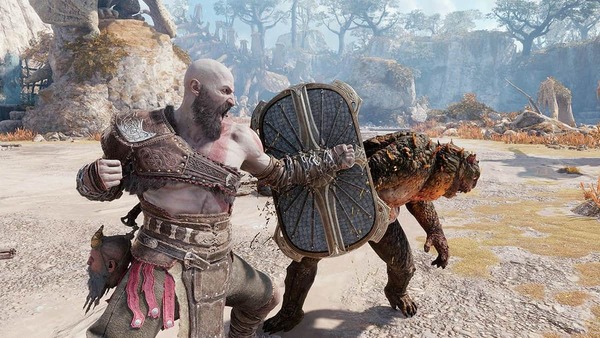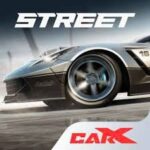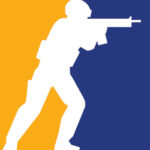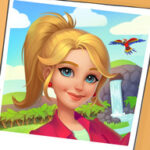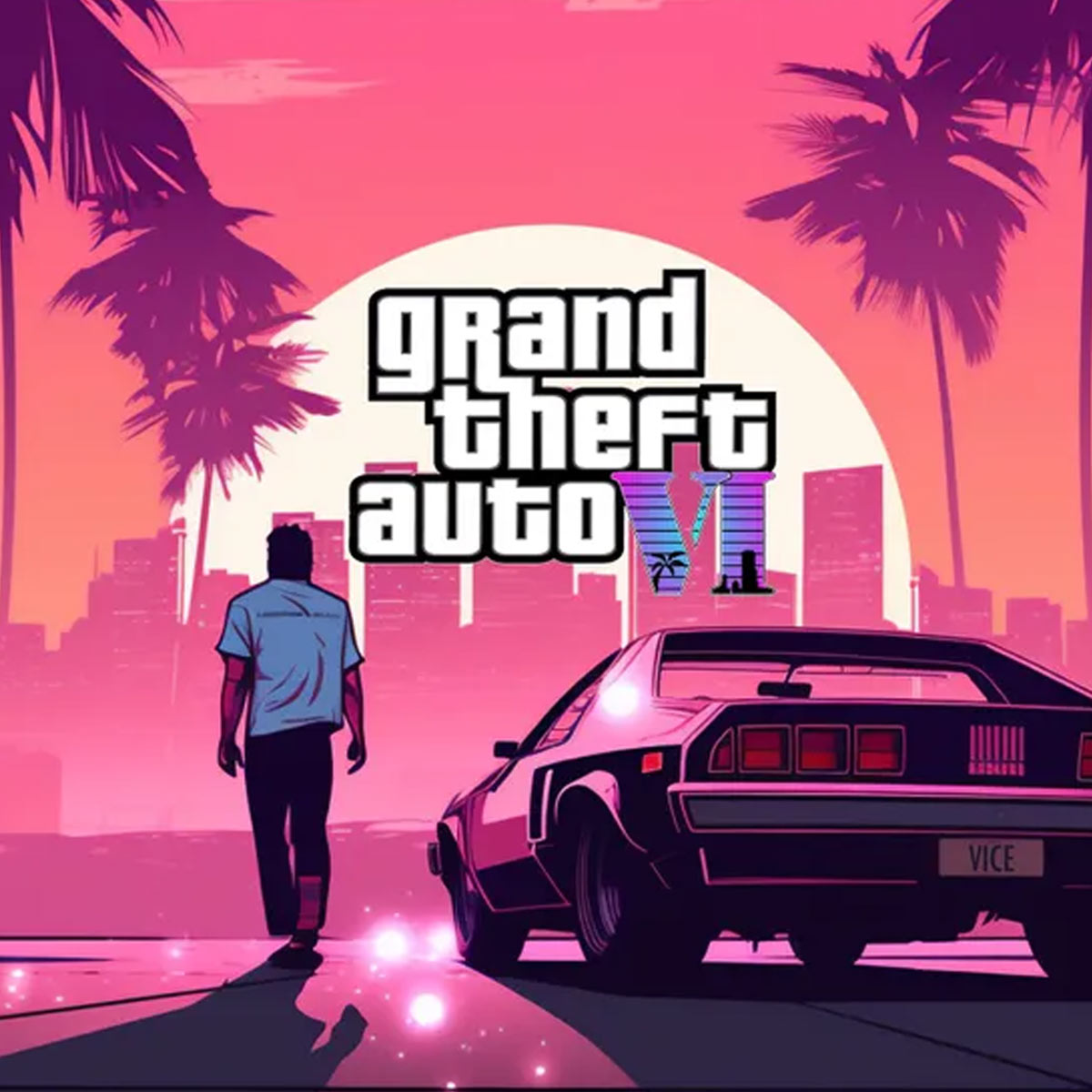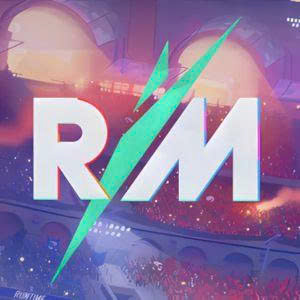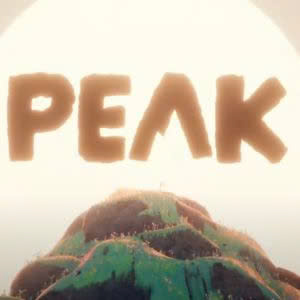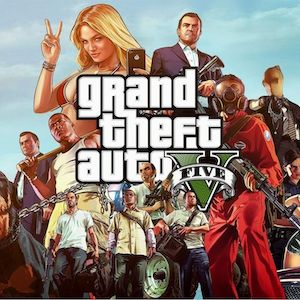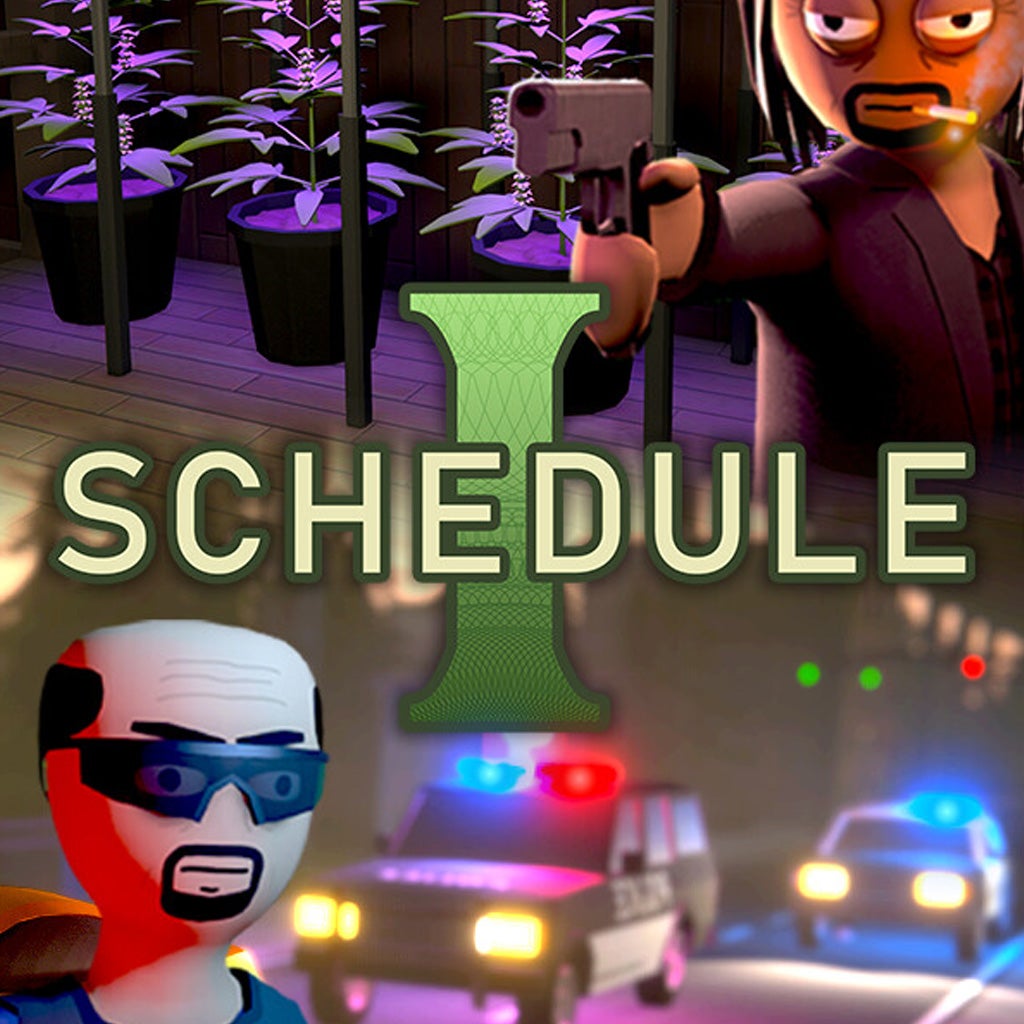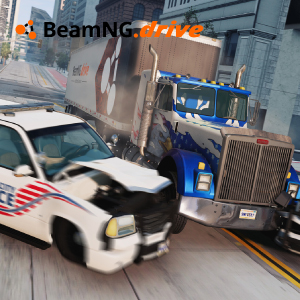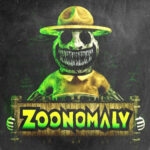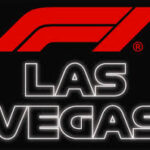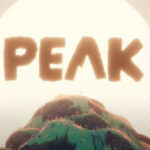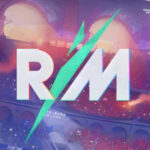God of War Ragnarök, developed by Santa Monica Studio and released in November 2022 for PlayStation 4 and PlayStation 5, stands as one of the most ambitious and emotionally resonant action-adventure games in modern gaming. Serving as the epic conclusion to the Norse saga that began with 2018’s God of War, Ragnarök balances visceral combat, rich storytelling, and mythological worldbuilding to deliver a narrative and gameplay experience that is both grand and deeply personal. This article explores the game’s development history, gameplay mechanics, narrative structure, character growth, and lasting cultural impact.
From Olympus to Midgard: The Journey to Ragnarök
A Legacy Reborn
The original God of War trilogy, centered around Kratos' vengeance against the Greek gods, defined a generation of hack-and-slash action games. But with the soft reboot in 2018, the series shifted dramatically. God of War (2018) introduced players to a more mature Kratos, now navigating fatherhood and a new mythology. It redefined the franchise with a cinematic camera, RPG mechanics, and Norse mythos.
Preparing for the End of the Norse Saga
Ragnarök picks up a few years after the events of its predecessor. Fimbulwinter has set in, signaling the approach of the eponymous Ragnarök—the Norse apocalypse. With Atreus growing into his own identity and secrets from the past unraveling, the sequel sets the stage for an emotionally charged journey that spans all Nine Realms.
Gameplay Mechanics: A Refined and Expansive Combat System
Blades and Axe: Dual-Wielding Devastation
God of War Ragnarök enhances its combat by deepening its core mechanics. Kratos begins the game with both the Leviathan Axe and Blades of Chaos, allowing for seamless transitions between heavy, icy precision and fiery crowd control. The combat is more layered, with new combo systems, runic attacks, shield types, and elemental effects.
Shield Combat and Weapon Skill Trees
Players can now customize Kratos’ shields based on playstyle—parry-based Dauntless Shield or defense-heavy Stone Wall Shield. Weapons come with expansive skill trees, offering unlockable abilities tailored to light or heavy attacks, counters, and stance changes.
Key Gameplay Additions
-
Sonic and Hex Arrows from Atreus to control puzzles and enemy weaknesses
-
Spartan Rage Modes including Fury, Valor, and Wrath variations
-
New enemy types with realm-specific behavior and tactics
-
Interactive environments for grabbing items or slamming enemies into walls
Story and Themes: Fate, Family, and Free Will
A Tale of Prophecy and Choice
At its heart, Ragnarök is a story about destiny and choice. Kratos, once driven by rage, now wrestles with the idea of changing fate—for himself and his son. Atreus, increasingly confident and curious about his identity as Loki, drives much of the plot forward through his determination to uncover the meaning behind the Jötnar prophecy.
Emotional Depth and Complex Relationships
The narrative explores themes of parenting, legacy, sacrifice, and the burden of power. Returning characters like Mimir, Freya, and Brok provide sharp wit and emotional grounding, while new characters like Thor, Odin, and Angrboda introduce fresh dynamics.
Major Story Highlights (No Spoilers)
-
Freya’s quest for redemption
-
Atreus' journey of self-discovery
-
A complex and manipulative Odin as the central antagonist
-
Moral ambiguity around fate and prophecy
World Design and Exploration: The Nine Realms Unlocked
Expanding Beyond Midgard
Unlike the previous game, which limited access to certain realms, Ragnarök lets players fully explore all Nine Realms, each with its own biome, challenges, and lore. From the lava flows of Muspelheim to the tranquil beauty of Vanaheim and the bustling architecture of Svartalfheim, every realm feels distinct and essential.
Exploration and Side Quests
Side content in Ragnarök isn’t filler—it’s often deeply narrative and rewarding. Known as Favors, these optional quests expand character backstories, reveal secrets of the realms, and unlock rare gear. Environmental puzzles are more integrated into exploration, encouraging creative use of tools and abilities.
Notable Exploration Features
-
Dwarven crafting hubs with fast travel points
-
Yggdrasil Rifts for high-risk combat challenges
-
Berserker Gravestones replacing Valkyries as boss challenges
-
Treasure maps, lore scrolls, and Nornir chests hidden throughout the realms
Character Development: Growth Through Adversity
Kratos: A Father Transformed
In Ragnarök, Kratos continues his evolution from a vengeful god to a protective and introspective father. His internal struggle—to guide Atreus without repeating his past mistakes—adds emotional gravity to every interaction. His dialogue is sparse but impactful, shaped by restraint and wisdom hard-earned.
Atreus: Becoming Loki
Atreus is no longer a sidekick—he’s a full-fledged co-protagonist. Players will occasionally control Atreus, offering new perspectives and gameplay shifts. He is agile, uses a magical bow, summons animal companions, and solves puzzles differently than Kratos. His transformation into Loki is not just mythological but emotional, as he learns the consequences of power and choice.
Boss Battles and Enemy Variety
Cinematic Encounters
Boss fights in Ragnarök are memorable and multi-layered. From cinematic intros to phase-based mechanics, battles feel like spectacles. Fights against gods like Thor or mythological beasts are not just difficult—they’re narrative moments that enhance the story.
Elite Enemies and Mini-Bosses
The game balances large-scale showdowns with challenging mini-bosses such as Drekis, Einherjar captains, and Berserker souls. Each enemy type demands different tactics, forcing players to adapt rather than rely on repetitive strategies.
Battle Enhancements
-
Status effects like frost, burn, and shock create strategic combinations
-
Weapon switching combos allow chaining of axe and blade attacks
-
Shield parries and grapples enhance melee depth
-
Stagger meters and weak points introduce skill-based finishers
Gear, Crafting, and Customization
Armor Sets and Weapon Upgrades
Customization in Ragnarök allows players to shape Kratos’ combat style through armor sets, enchantments, and weapon upgrades. Each armor piece provides stats and passive perks—some improve cooldowns, while others boost elemental damage or stagger resistance.
Dwarven Blacksmiths: Brok and Sindri
Brok and Sindri return as central figures in gear crafting and storyline. The forge system has been refined to offer meaningful upgrades rather than sheer stat increases. The resource economy encourages exploration and completion of side content.
Gear Types and Resources
-
Runic Attacks and relics offer powerful special abilities
-
Amulets of Yggdrasil allow slotting enchantments
-
Crafting resources include Frozen Flames, Chaos Sparks, and unique realm materials
Puzzle Design and Environmental Interaction
Layered Puzzle Mechanics
Ragnarök features puzzles that are more integrated with its mythological world. Players must use Atreus’ arrows, Kratos’ axe, or realm-specific mechanics to manipulate the environment. These range from rotating mechanisms with the Blades of Chaos to freezing geysers or reflecting mirrors.
Seamless Integration With Exploration
Puzzle solving is often woven into the environment, encouraging players to pay close attention to sounds, symbols, and light sources. There’s no forced pacing—puzzles can be completed at leisure, and companions occasionally offer hints in natural dialogue.
Visuals and Audio: A Next-Gen Showcase
Stunning Artistic Direction
Ragnarök is a visual triumph. The PS5 version offers smooth performance at 60fps with high-fidelity graphics, including advanced lighting, particle effects, and intricate textures. Realms like Alfheim glow with ethereal beauty, while Helheim drips with desolation and dread.
Audio Design and Music
Bear McCreary’s score blends Nordic instruments with sweeping orchestral arrangements, elevating both combat and story. Voice acting, particularly from Christopher Judge (Kratos) and Sunny Suljic (Atreus), is masterful. From thunderous hammer crashes to whispered prophecies, sound design shapes the emotional and physical tone of every moment.
Accessibility, User Experience, and Community Impact
A Game for All Players
Santa Monica Studio made significant strides in accessibility, offering over 60 options including customizable controls, UI scaling, high-contrast modes, subtitle settings, and audio cues. These features allow a broader audience to enjoy the game without compromise.
Cultural and Critical Reception
God of War Ragnarök received widespread acclaim from critics and players alike. It earned numerous Game of the Year nominations and won awards for narrative, audio, and performance. Its emotional story, technical polish, and cultural richness sparked discussions well beyond gaming forums.
Conclusion: A Worthy Ending and New Beginning
God of War Ragnarök is more than a sequel—it is the culmination of a mythological journey, a father-son story wrapped in the armor of gods and monsters. It blends cinematic storytelling with deeply satisfying combat and meaningful exploration. As the Norse saga closes, players are left with a game that respects their intelligence, tests their skill, and moves their hearts.
Whether you come for the axe throws or stay for the emotional weight of Kratos’ final words, God of War Ragnarök delivers a masterclass in what single-player storytelling can achieve. It doesn't just conclude a narrative—it evolves the medium.
